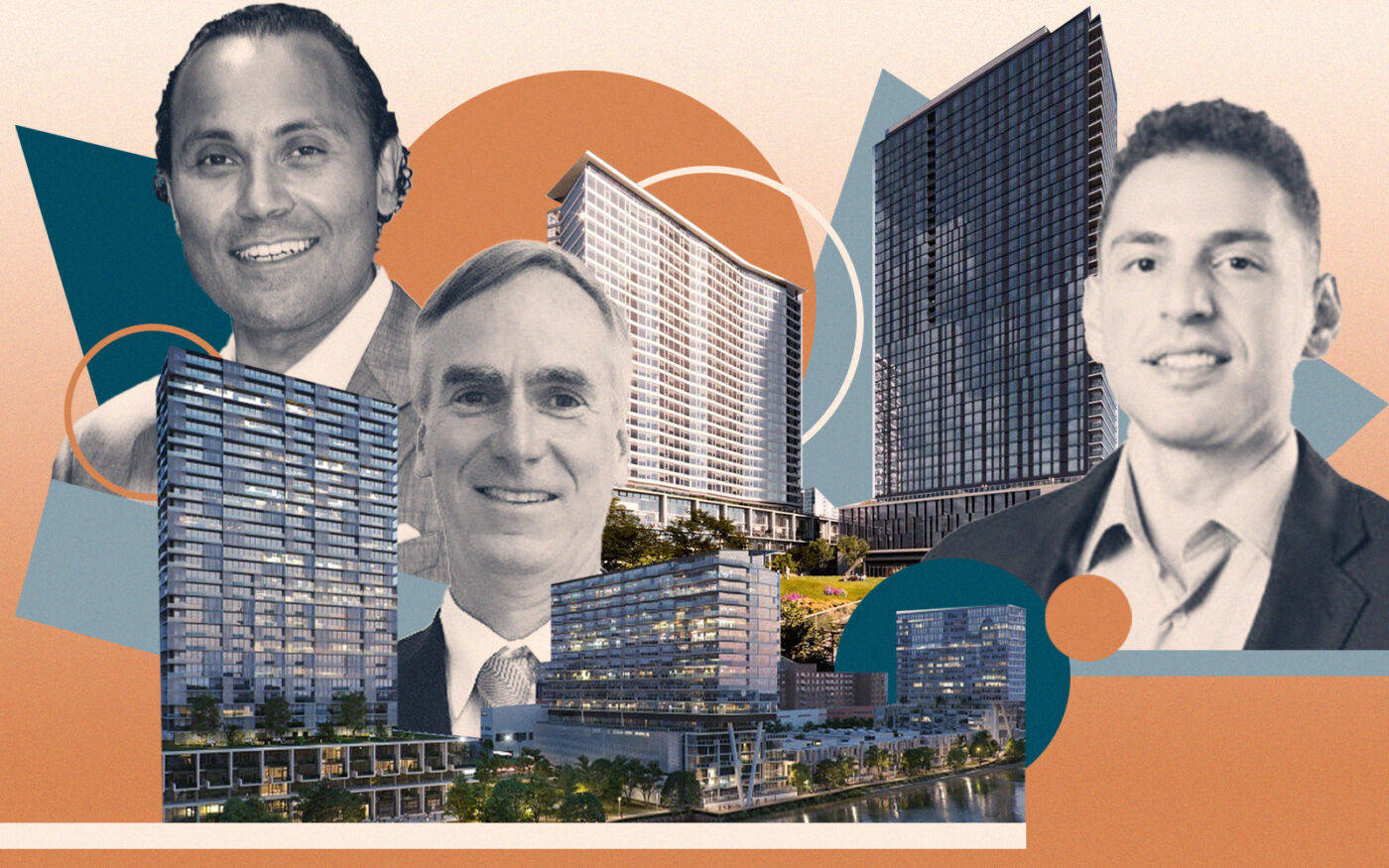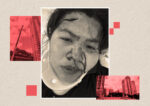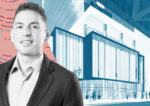Trending
“Critical mass”: Why Chicago developers are looking south for deals
Multifamily players find a remedy to break the West Loop’s fever

There’s opportunity where the south branch of the Chicago River converges with lower land prices, and developers are rushing in.
Projects in the pipeline are set to bring thousands of new residential units to the South Loop over the next few years, and recent land deals indicate more to come.
The neighborhood, roughly defined as being bordered by Printer’s Row to the north and Chinatown to the south, started growing slowly in the early 90s, Ted Weldon, head of Chicago development for Lendlease, said during an interview with The Real Deal. Now, it’s poised to compete with other hot submarkets.
“You saw developments pop up and it continued to grow and really has become an incredible neighborhood and when you compare it to the West Loop or Near North or other areas of development. It’s probably also the best value in the city,” Weldon said.
The Australian company’s Southbank project, a seven-acre master-planned area that includes a riverfront park and two residential highrises, is just one of multiple large developments underway that developers expect to spur further development in the area.
Also on the riverfront, CMK Companies is building the eight-acre Riverline community that will include 3,600 residential units, and Related Midwest is building The 78, a 62-acre site marketed as Chicago’s newest neighborhood that will include an education-based innovation district along with housing and offices.
“Anytime that you have large-scale developments they create a critical mass,” Weldon said. “As both CMK and Related further their developments, that creates more opportunities and creates more opportunities for retail. And there’s already thriving retail in the South Loop, it just creates the opportunity for more. The more retail you get, the more you turn into a 24-hour neighborhood and the more attractive the neighborhood gets to developers.”
Adam Rezko, developer at Chicago’s DAC Developments, agreed.
“We believe that The 78 will be a boon for economic growth and construction demand in the South Loop as well as the city of Chicago in general,” he said in an email, noting that he has seen more development in the area.
Bargain hunting
Fulton Market land trades are at the top of the market, and when recessionary headwinds and rising interest rates make new development projects more difficult to pencil out, the South Loop’s affordability emerges as an ideal alternative to its pricier neighbors.
“Land sale prices vary case to case, but today they are generally lower than areas like the West Loop and River North,” DAC Development’s Adam Rezko said in an email.
There’s also the availability of buildable space — Weldon said that while there’s likely room for growth in all areas of Chicago’s urban core, the South Loop probably has more opportunities for infill as new development in the Fulton Market area is becoming more constrained and sprawling further west.
Developer Zeb McLaurin, who is part of the team behind the 100-acre Bronzeville Lakefront project, said the Near South Side presents a different opportunity than the West Loop.
“What has occurred in the West Loop provides a template for how to build out a new development, a new community. It’s a little different there because you’re converting a warehouse and light industrial district into modern office and eventually residential,” McLaurin said.
He suggested that though the Bronzeville Lakefront can borrow from those lessons, developers on that project must take into account the existing community needs and historic preservation aspect that come with the amount of space.
“We have a responsible mindset that we have to develop it with intentionality and keep in mind the historic nature of the community,” he said, adding that he’s focused on filling voids “so that never again will there be a 500 or 100 acre opportunity in the middle of the urban core like that.”
Southern charm
Recent land trades set up the South Loop for more high-rise development. CMK paid $5.5 million across two separate deals for land at 1624-1704 South Wabash Avenue spanning just more than three-quarters of an acre. That site is just down the street from where CMK is building a 30-story, 299-unit luxury residential tower. The company bought the 1400 South Wabash Avenue property, a parking lot, for $6 million in 2020. CMK is also the developer behind the 261-unit Coeval apartment building on South Wabash Avenue.
DAC is also a major player in the area, with a 26-story, 270-key high-rise hotel at 424 South Wabash in the pipeline. The local multifamily-focused developer bought the site in a $7.5 million deal that closed in September. DAC is building a 154-unit luxury apartment complex at 630 South Wabash Avenue in the South Loop as well.
What’s more, the neighborhood saw one of the priciest residential tower trades of 2022, with Chicago-based investment firm Waterton dropping $170 million on the 496-unit apartment complex at 801 South Financial Place in September.
Investors and developers could stand to benefit from betting on the neighborhood’s growth, based on recent population trends. The Near South Side’s population rose to almost 29,000 in 2020 from about 7,000 in 1990, a 35 percent increase that made it the second-fastest growing community area among downtown Chicago’s submarkets in the last three decades after the Central Loop, according to U.S. census figures cited in a residential impact study from the Chicago Loop Alliance.
The South Loop also has the highest percentage of new downtown residents , with 34 percent moving to the neighborhood in the past year, according to the study.
The Near South Side has experienced the third-largest uptick in residential growth among downtown submarkets from the mid-1990s, adding almost 14,000 units between 1995 and 2022, bringing the area’s housing stock up to more than 15,000 units from about 1,200. That puts it behind the West Loop, which added more than 18,000 units in the same time frame.
But the South Loop significantly lags behind the West Loop in terms of rent prices, Weldon said. While multifamily rents have risen closer to the West Loop, the top of the market in the South Loop is $3.70 per square foot, whereas in Fulton Market rents are pushing $5 per square foot, he said.
Though the West Loop boasts headquarters for Google and McDonald’s, the South Loop is closer to Willis Tower and Old Post Office. The neighborhood is also home to Soldier Field, Grant Park and Rush University Medical Center, and in close proximity to universities including the University of Chicago, the University of Illinois at Chicago and the Illinois Institute of Technology.
“With the number of educational institutions and cultural attractions in the area, the South Loop is already an attractive part of the city of Chicago,” Rezko said.
And it is continuing to evolve.
Weldon noted that efforts to clean up the river and develop the riverwalk along Wacker Drive, which began in the 2000s, has added more allure to the neighborhood.
“Chicagoans love water,” he said.







